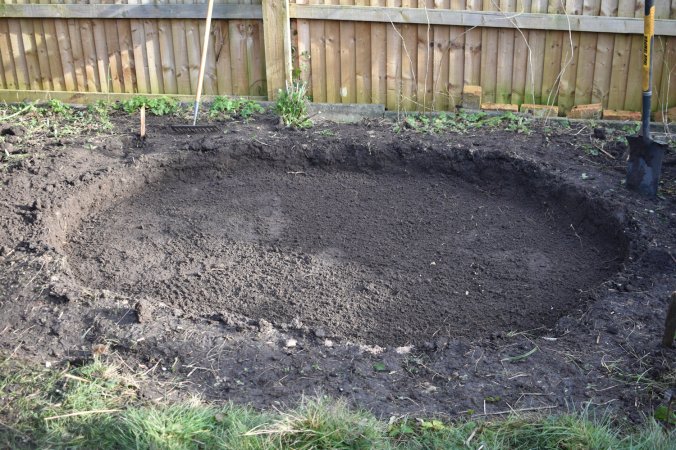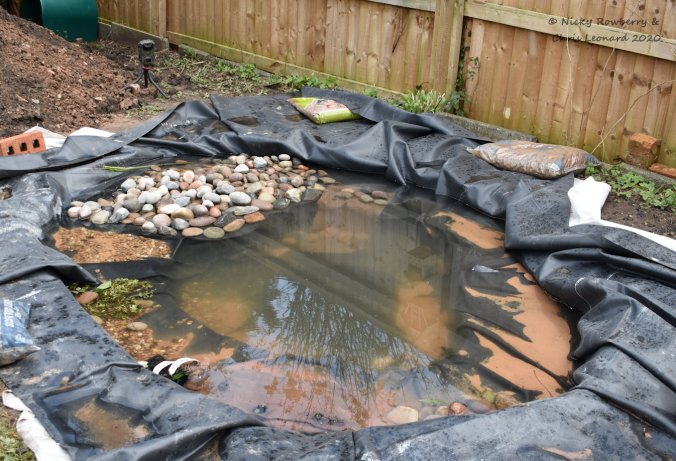It’s National Nest Box Week again, a time to encourage everyone to put up nest boxes in their gardens if they can. You can find out more and get lots of useful tips at: https://www.nestboxweek.com/
We have several nest boxes in the garden, although they don’t seem to get used much sadly. Knowing it was National Nest Box Week coming up, I decided to plug in the camera we have in one (so far unused) blue tit box. I hadn’t checked this particular box for a while as nothing ever seemed to happen in it. So I was thrilled when I connected the camera one evening last week and got this:
A blue tit was using the box as a night time roost. We thought maybe it would just turn out to be a one-off event, but he or she has been back every night since, which is fantastic. Every night it arrives around 5pm just before it gets dark. The camera trigger is too slow to capture it actually coming in through the hole, but it catches it settling in for the night. Initially there’s always a bit of bobbing up and down and checking round the box, presumably as it decides whether it is still a safe place for the night.
The nights themselves aren’t as restful as I imagined they would be. There is an awful lot of fidgeting about and preening, but I suppose it’s a safe time and place to be doing that.
In the morning there is always a bit of stretching and bobbing up and down. It looks as if it’s trying to peer out of the hole to see if it is safe or perhaps just listening for any threats, before it hops up, has a final look around then flies off for the day.
The nights are still pretty cold for a small bird in an uninsulated box. The blue tit copes by fluffing up its feathers to create insulating air pockets. When the bird arrives in the box each night it starts of looking fairly sleek with feathers smooth against its body. As it settles down it fluffs up its downy under feathers – in the next video you can pretty well see it increasing in size as it fluffs up until it is an almost round ball of feathers. Another trick to keep warm is that it then tucks its head under a wing while it sleeps.
So of course now our Blue Tit (we’re calling him Peter after Blue Peter) is visiting regularly, we’re getting our hopes up that perhaps this will finally be the year we capture nesting action on video. We live in hope, but at least if nothing else we have provided a safe roosting space by putting up the nest box.
We’ve got a couple of new nest boxes to put up this year thanks to our lovely gardener Gwyndaf. One has a small hole in a solid front for blue tits or similar and the other is more open fronted – ideal for robins. Just need to find suitable spots to put them out of reach of the neighbours’ cats.
Further afield we are once again sponsoring a nest box through Worcestershire Wildlife Trust’s Rent-a-Nest scheme. We’ve been sponsoring the same nest for a couple of years now. The first year it had a family of blue tits that successfully fledged. Last year it was empty, but at least the money went to support the reserve it’s on (Knapp & Papermill Reserve) so still worth it. Fingers crossed it gets used this year though.
Although National Nest Box Week is primarily aimed at birds, I see no reason not to include other types of nest box – hedgehogs of course! If you’ve got space in your garden why not consider putting in a hedgehog house. Provide a safe dry house for them to build their nests in.
You can buy ready-made hedgehog houses (lots of online options or larger pet shops) or you can build your own. The British Hedgehog Preservation Society has an excellent leaflet with designs for building your own:
Watching a hedgehog making use of a home you’ve put out for it has to be one of the most rewarding things to do in your garden.









